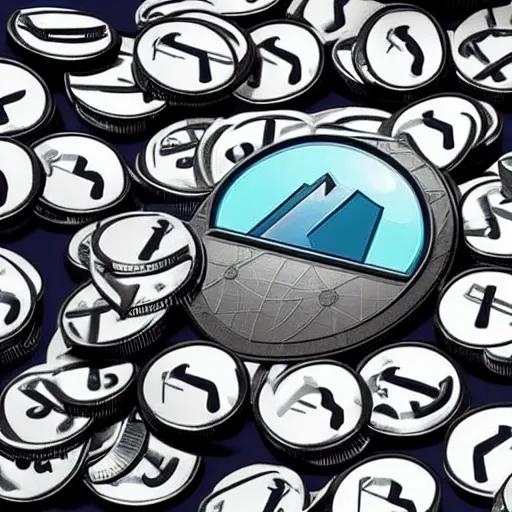In recent months, pressure on the decentralized finance (DeFi) sector has increased. According to data from DeFi Llama, the TVL locked in DeFi has fallen from an astounding $250 billion to $70 billion, with the majority of DeFi tokens losing close to 80% of their value. Due to this, there are grave worries that DeFi may have reached its breaking point and is likely nearing its end.
The difficulties the DeFi ecosystem faces have been well-documented. Nevertheless, the failure of a number of DeFi projects has only served to confirm the notion that DeFi, at least in its current form, is flawed.
DeFi And The Issues
Peer-to-peer transactions are made possible by decentralized protocols and applications built on the blockchain technology. The main objective of the DeFi ecosystem is to provide consumers with access to yield-optimizing solutions as well as permissionless lending and borrowing services.
DeFi adoption initially increased significantly as a result of customers’ interest in financial services and goods built on the blockchain, however it is not without flaws. High transaction costs are the first and most obvious. The Ethereum blockchain is the foundation for most DeFi applications. Due to network congestion brought on by users trying to access the various DeFi applications on the platform, this has the effect of significantly raising transaction prices.
A liquidity issue in the DeFi ecosystem also results in an unproductive market. DeFi has implemented a number of strategies to handle the liquidity issue, such as liquidity pools that offer rewards to users who deposit their assets. This strategy has drawbacks, is dangerous, and is dependent on token holders who could or might not behave in the protocol’s best interests.
Interoperability is an additional issue. By design, blockchain networks differ from one another, offering various access controls, consensus mechanisms, architectures, and asset definitions. However, as these features stand alone, it is challenging for consumers to transfer money from one blockchain to another.
The collapse of Terra and the rise of other scams as a result of loose laws have also had a huge detrimental influence on the DeFi ecosystem.
DeFi Has Room to Grow
However, according to specialists, DeFi can be restored by taking quick but decisive action.
Better usability
DeFi has a challenging user interface and onboarding process. Staking also includes complicated steps that could confuse even seasoned users. Most platforms have poor user experiences, thus improving user education and creating a more user-friendly environment could be really helpful.
Security
The DeFi ecosystem has experienced its fair share of security problems, including multiple attacks that have caused protocols’ funds to be taken out. For the DeFi market to flourish once more, experts believe a higher level of protection against malicious actors and protocol exploits is necessary.
The overall loss from scams, hacks, and exploits for DeFi protocols is $4.75 billion, according to the REKT Database of cyber-attacks. Only $1 billion of the $4.75 billion lost was reimbursed. Only 21% of all money lost as a result of cyberattacks has been recovered. Currently, 2,782 attacks have been reported to REKT Database.
Regulation
Regulatory clarity is one of the most important measures. Yes, the main goal of DeFi is to be free from the rules that slow down centralized finance.
The most recent version seems to soften language deemed harmful to DeFi, a class of blockchain-based solutions that seek to enhance finance by swapping out central middlemen for computer code.
The definitions of digital commodities, brokers, custodians, dealers, and platforms are provided. The text also contains guidelines and fundamental ideas that are relevant to participants in the digital commodities market.
Alliance DAO, an incubator for Web3 startups, criticised the DCCPA bill, claiming that it forces human intermediation and pressures initiatives to forego decentralization.
To Sum Up DeFi—Is It Dead?
Then DeFi is dying? No. Even though it might be going through a little crisis, the neighbourhood can take action to restore confidence in the area. Restoring user confidence in the DeFi ecosystem depends on addressing serious problems with it.













